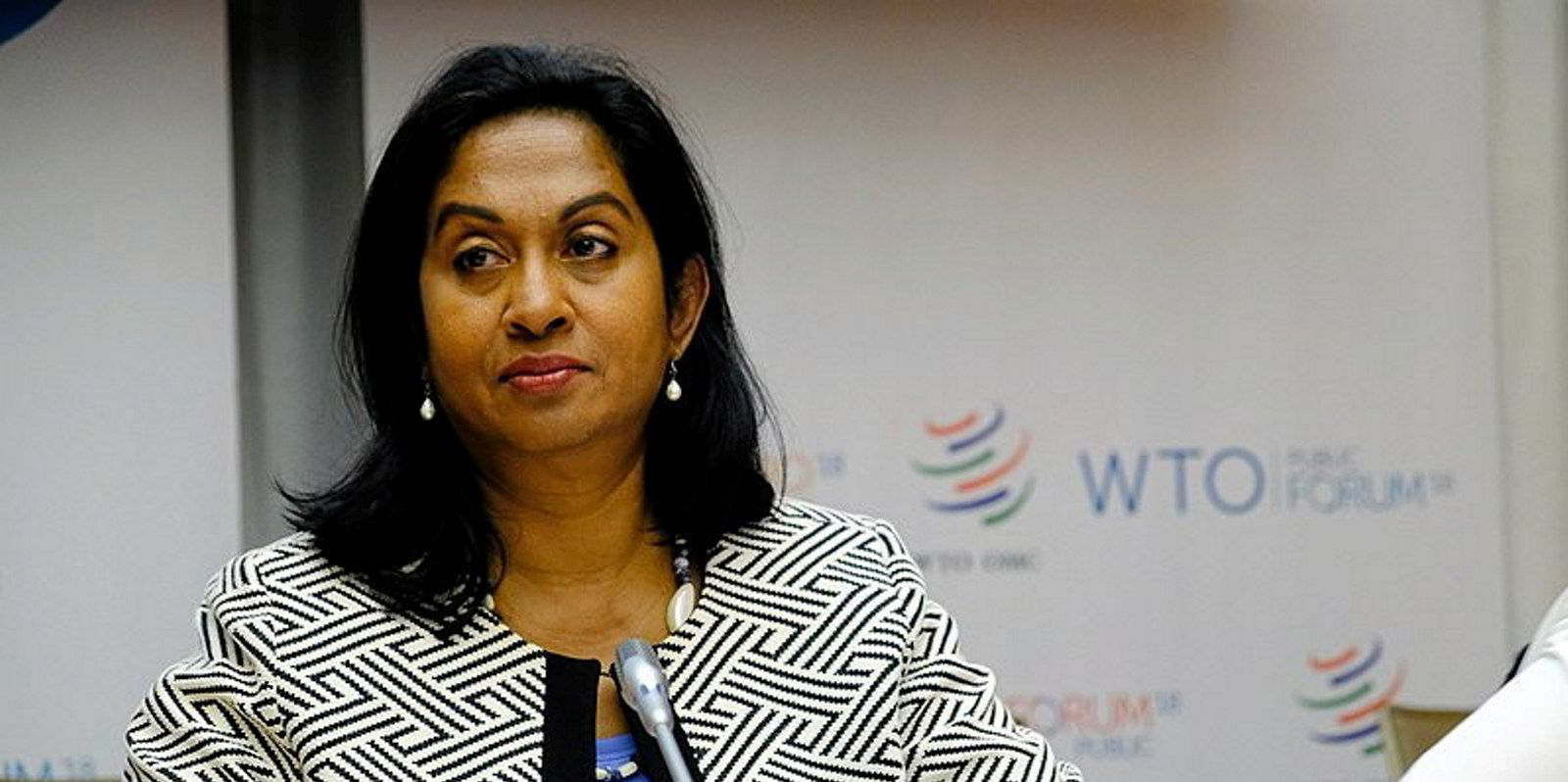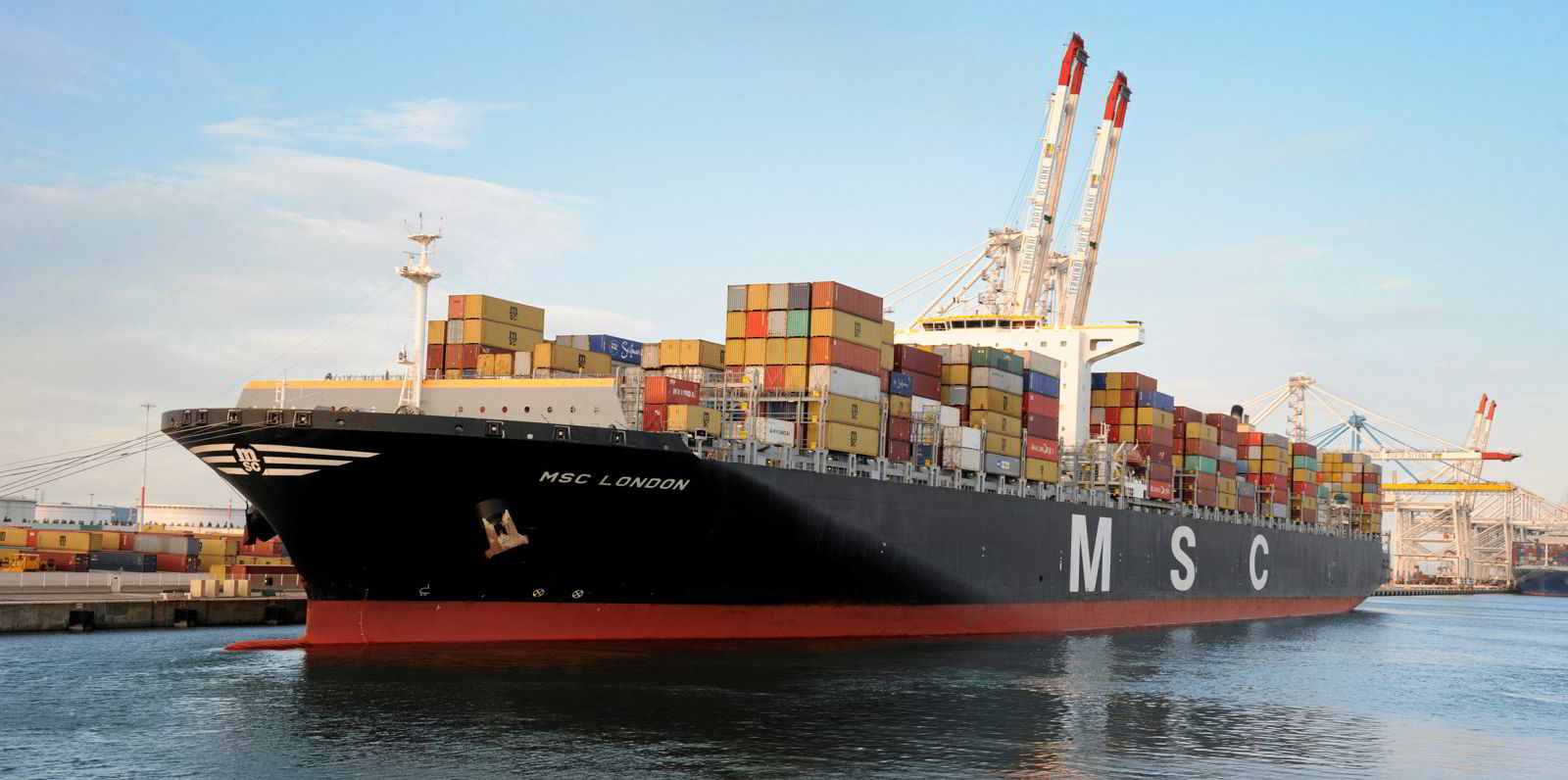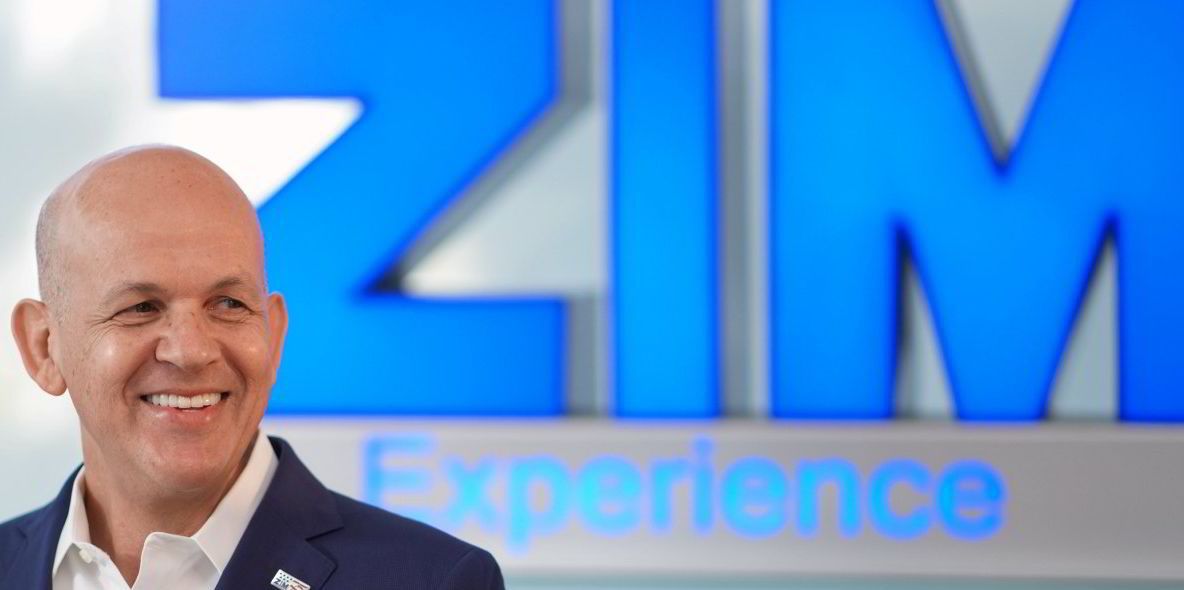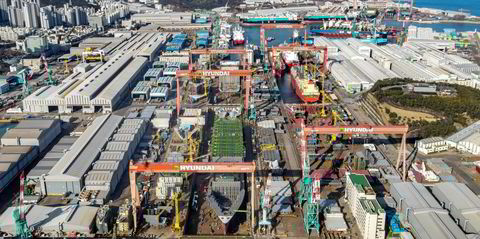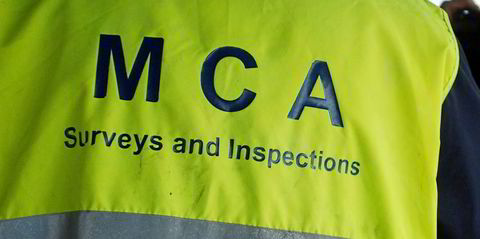Record profits for the container shipping industry have been consigned to the past as freight rates descend near to pre-Covid levels.
That signals an end to an era during which liner industry profits exceeded the combined results of tech giants Facebook, Amazon, Netflix and Google (FANG).
Container shipping made a $58.9bn net income for the third quarter, according to estimates by Blue Alpha Capital founder and former liner industry executive John McCown.
That lifted its profits 158% higher than FANG for a fourth straight quarter.
But the third-quarter profit is $4.1bn, or 6.6%, lower than the second quarter, ending seven straight quarters of record net income.
Net income for the full year is revised down to $223bn from $244bn in the middle of the year.
A separate study finds that average operating margins from July to September for the container industry fell for the second consecutive quarter.
Ten liner operators generated an average margin of 51.9% for the period, according to Alphaliner, which predicts some carrier results could be up to 70% lower in the fourth quarter.
“The second quarter can now be recognised as the peak in terms of earnings,” the McCown Container Results Observer report noted.
“There will be further declines from 3Q22 in quarters to come.”
Pre-Covid levels
Freight rates continue their spectacular collapse.
Spot rates from Asia to the US West Coast slumped a further 47% in the week to 29 November, according to the Freightos Baltic Index.

That takes the price of freight down to $1,424 per 40-foot equivalent unit (feu) — a level not seen since 17 March 2020.
Spot rates were down 26% from Asia to the US East Coast to $3,874 per feu.
Some observers believe the freight market has further to fall.
Next year, freight rates could drop “potentially below typical historical average levels”, Clarkson said, pointing to “demand faltering and port congestion easing simultaneously, against a backdrop of eroding sentiment and capacity availability increasing”.
Declining demand
Such drops would erode further the profitability of liner operators such as CMA CGM, which warned last week that weakening rates are hurting profitability this quarter.
“Declining demand has prompted a return to more normal international trade flows and a significant reduction in freight rates,” said Rodolphe Saade, chief executive of the French carrier.
“The Group, therefore, expects to see a faster return to more normal freight rates in the fourth quarter and lower margins.”
Liner operators including AP Moller-Maersk and Mediterranean Shipping Co have attempted to stem the falls by blanking record numbers of sailings from Asia. That has so far been unsuccessful.
“Carriers are pushing for a new round of General Rate Increases in December, but they are unlikely to succeed if surplus capacity is not removed,” said analyst Linerlytica.
“Contract rates for the new 2023 season appear certain to fall by as much as 80% as they mirror the drop in spot rates.”
The only trade lane that has displayed any resilience is the transatlantic trade.
Rates from Europe to the US East Coast are $6,447 per feu — around three times higher than pre-Covid levels.
Atlantic attracts
That has attracted new players into the transpacific market such as Ellerman City Liners.
The UK-based liner operator is launching a service connecting North Europe with the US East Coast.
The first sailing is scheduled for mid-December with the 5,060-teu SC Mara (built 2006), according to Alphaliner.
Most other trades, including from Asia to Australia and the Middle East, have suffered sharp falls on lower volumes.
Recent figures from Container Trades Statistics indicate a 24.5% drop in Asia to North America volumes in September.
Volumes shipped from Asia to Europe are also estimated to have sunk more than 20% in the same month.
“As demand prospects are muted, the ship supply will grow significantly faster than demand, and we forecast that the supply/demand balance will worsen in each of the coming two years,” said Bimco.
“If our predictions are correct, the imbalance between ship demand and ship supply could grow by about 1m teu in both 2023 and 2024.”


